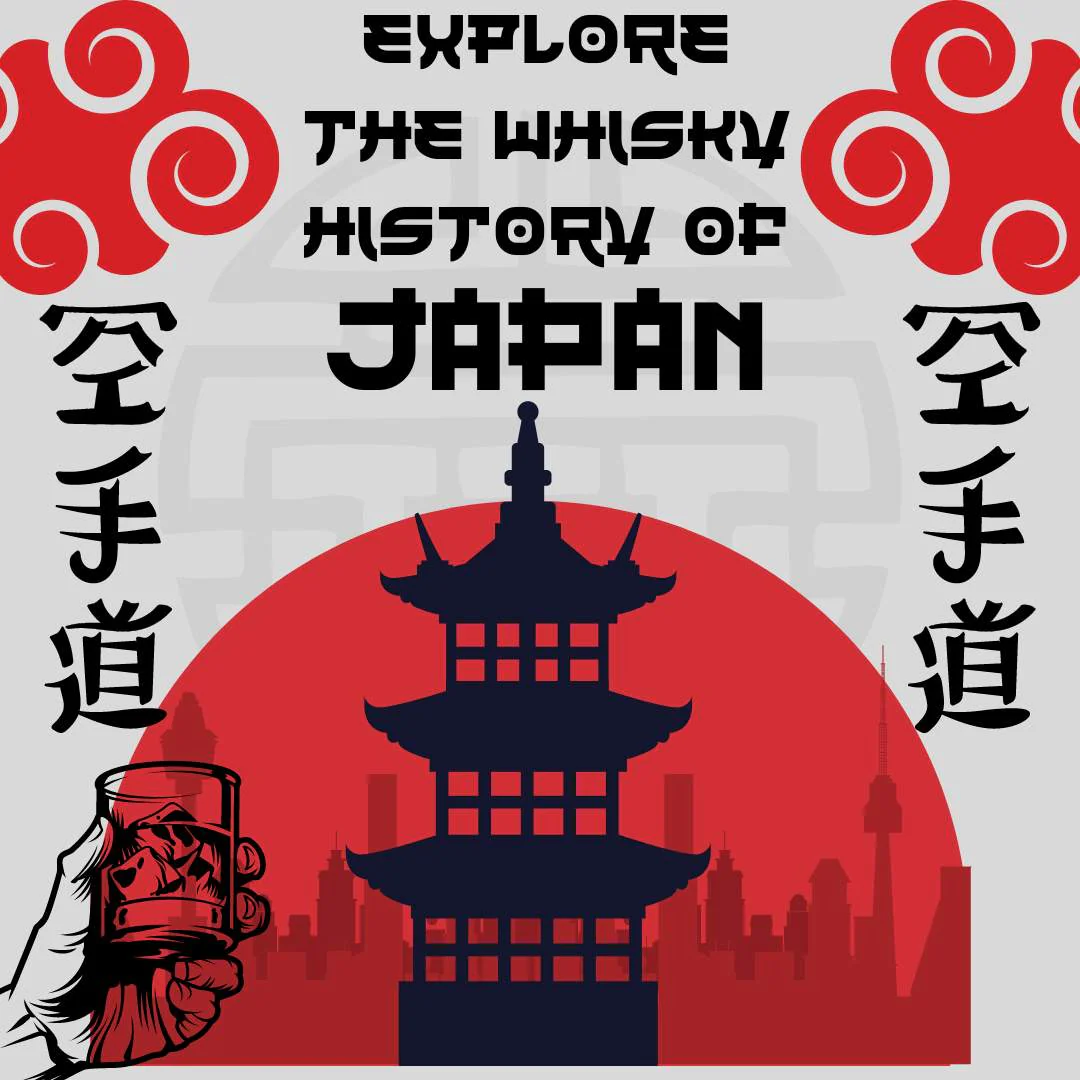
Japanese Whisky Hype explained in 1 minute
Japanese whisky is like Scotland's confident cousin who studied abroad. Japanese Whisky first emerged in the early 20th century, when Masataka Taketsuru, a young Japanese man, ventured to Scotland to learn the ancient arts of whisky making. He returned not just with a Scottish wife, but also with the secrets of the Scotch masters, effectively setting the stage for a whisky revolution in Japan.
Japanese whiskies are known for their meticulous craftsmanship and an almost obsessive attention to detail. From the selection of barley to the serenity of the distillery locations, everything is orchestrated to produce a harmonious blend of flavors. Think of it as a Zen garden, but for your taste buds.
While Japanese whiskies often share a kinship with their Scottish ancestors in terms of process and ingredients, they carve out their own identity with unique characteristics. This might include using local peat or Japanese oak barrels, which add distinct flavors and a touch of the exotic.
Over the years, Japanese whisky has skyrocketed from a domestic darling to a global titan, winning awards and surprising critics who once believed that great whisky only wore kilts. So, next time you enjoy a sip, remember: it’s not just whisky, it’s whisky that’s done its homework!
Now that we know a bit about Masataka Taketsuru, let's dive into a tale that's more hush-hush than your average whisky secret.
First rewind your mind to the 1930s, at a time when Japanese whisky was still finding its footing. Shinjiro Torii, the founder of what would become Suntory, was determined to create a uniquely Japanese whisky that could stand toe-to-toe with the mighty Scotches. But there was a problem: the Japanese palate wasn’t quite ready for the robust, peaty flavors typical of Scotch. The initial products were, to put it politely, not well-received.
In a move that could be straight out of a spy novel, Torii decided to innovate rather than capitulate. He launched a café where his whisky was served as part of a cocktail mix, subtly introducing it to the public. Think of it as whisky in disguise, infiltrating the taste buds of unsuspecting consumers. These whisky-based cocktails were smoother, sweeter, and more approachable, gradually winning over the public. It was a covert operation set in glassware—shaken, not stirred.
This masterstroke helped to cultivate a taste for whisky among the Japanese, setting the stage for the rich, refined expressions that aficionados cherish today. So next time you raise a glass of Japanese whisky, toast to Torii—the man who mixed his way into history.

Laisser un commentaire